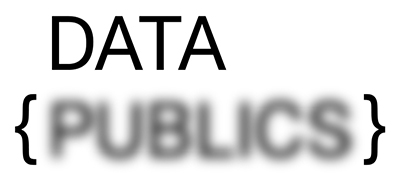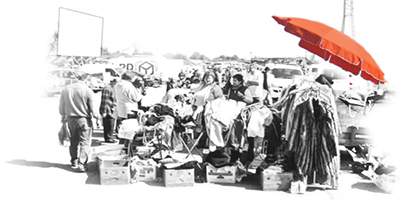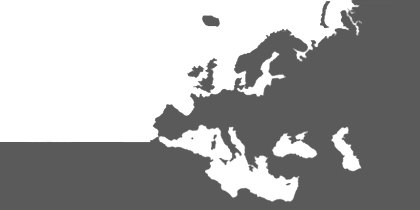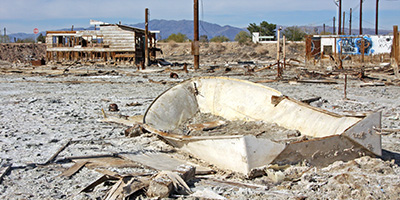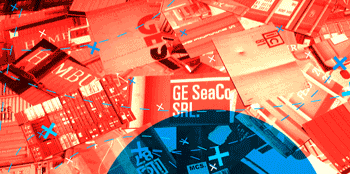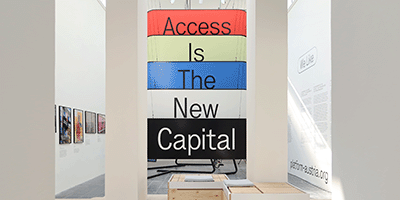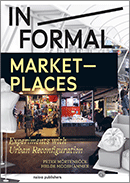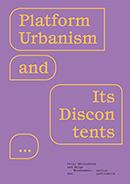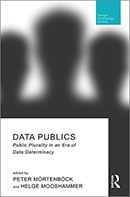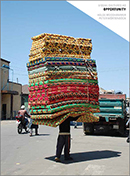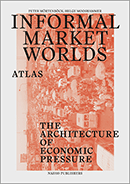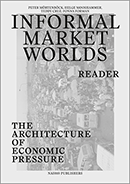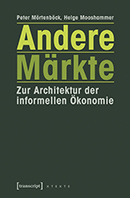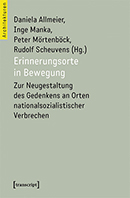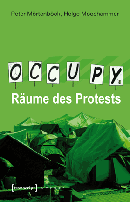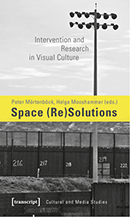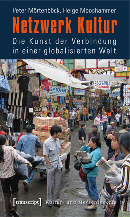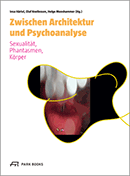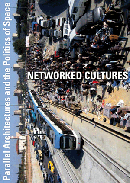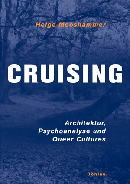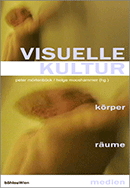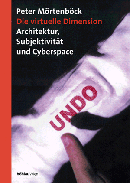RESEARCH
DATA PUBLICS
-
Public plurality in an era
of data determinacy
OTHER MARKETS
--
Mapping typologies and conditions of informality:
How informal markets intersect with global governance
NETWORKED CULTURES
--
The struggle for new forms of artistic practice in an era of global deregulation
WORLD OF MATTER
--
An ecological view on resource politics
SEA OF MARBLE
--
Looking out to the sea: A navigational convergence on the imaginary and the realities of the sea
EXHIBITIONS
La Biennale di Venezia - 17th International Architecture Exhibition 2021
XX Architecture and Urbanism Biennial - Chile 2017
Ephemeral Urbanism
World of Matter
@ HMKV Dortmund
@ James Gallery New York
@ Ellen Gallery Montreal
@ Nash Gallery Minnesota
Networked Cultures -
documentary
Gunners & Runners
Trading Places
Networked Cultures
Gone City
Temporary Zones
Operation Desert
You'll Never Walk Alone
field: a free journal for architecture
volume 1, issue 1
October 2007
ISSN: 1755-068
 |
Architecture and Indeterminacy |
|
Trading Indeterminacy - Informal Markets in Europe
Peter Mörtenböck and Helge Mooshammer
Editorial
Renata Tyszczuk, Doina Petrescu
When we sent out our call for papers for Architecture and Indeterminacy, as part of the Theory Forum we were organising at Sheffield, we didn’t know what to expect. We were interested in indeterminacy as a suspension of the precise meaning of an architectural object action or idea. Our invitation to contribute to the discussion suggested that indeterminacy in architecture could be physical, material, social and political; it could be both theoretical and pragmatic, cognitive and experiential. We hoped that it would be an inspiring topic and generate an interesting response because it was open, not prescriptive and offered a forum, a shared space to address the ways in which architecture is a dynamic practice. Our research confronts the recognition that architecture incorporates interlocking yet distributed fields of knowledge, social practices and economic forces. However, architectural discourse has become anxious about itself, about its status, its contingency and its position with respect to these related yet disparate fields of interest. Architecture and Indeterminacy proposed to investigate those moments where there was a questioning of the disciplinary limits of theorising and practicing architecture.
At the same time we had started to imagine where the ‘outputs’ of events, workshops and activities in Sheffield and beyond, could be located. We had started to think that books were no longer the obvious place — partly because of the prohibitive costs of publication and partly because of the difficulty encountered by many (non academics) in finding or accessing the material. We were interested in developing a context where our work and research could be reflected on, but also where reflection on the material and immaterial conditions in which our practice as architects is engaged would be made possible. We were interested in a space of creative and critical production and not the habitual display of knowledge.
This is how field: came about.
_back to home
BOOKS
